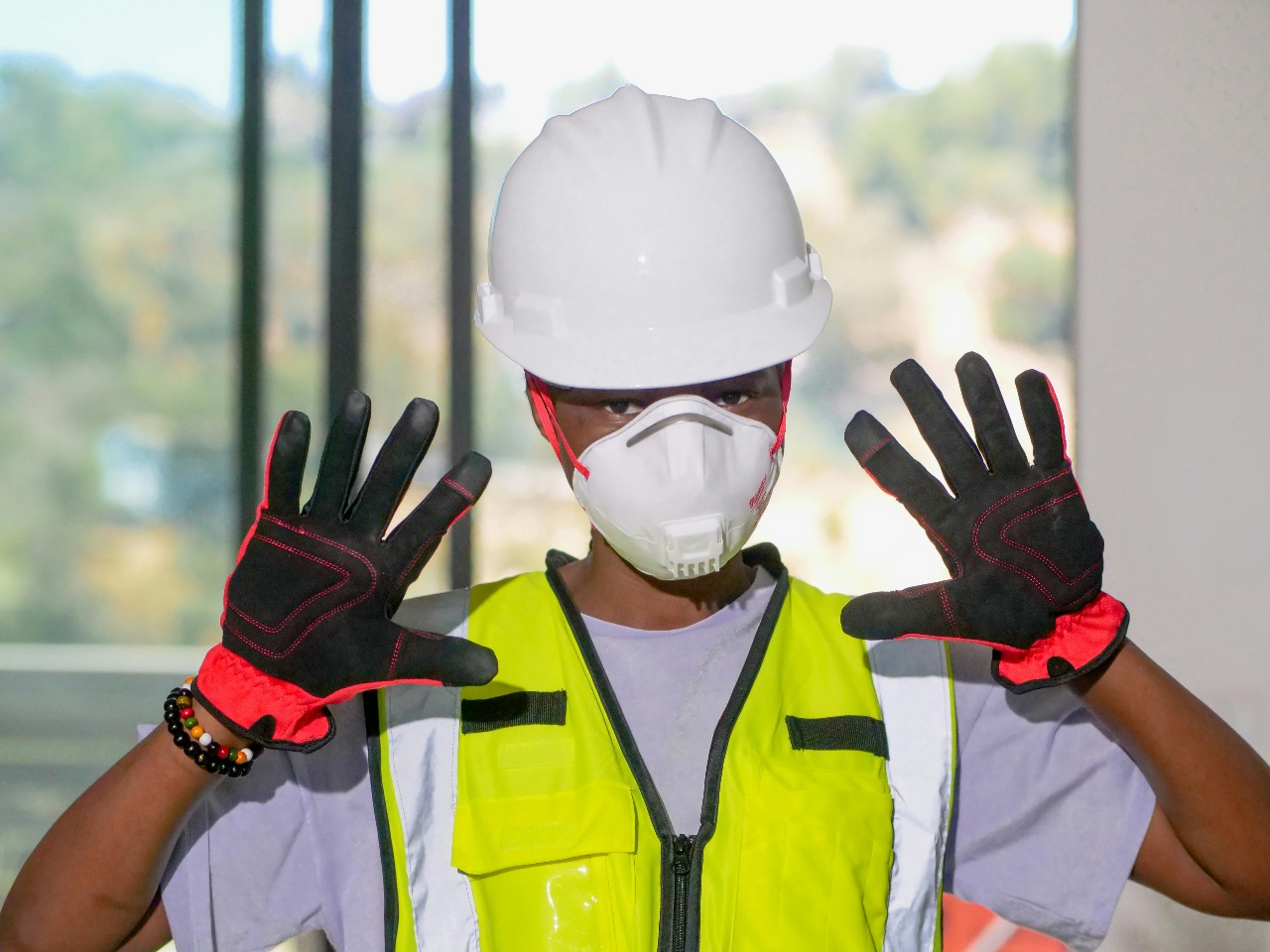
In today’s fast-paced world, the importance of Real-time safety alerts cannot be overstated. Whether it’s natural disasters, industrial accidents, or public safety threats, having access to instant warnings can mean the difference between life and death. This article explores how real-time safety alerts function, why they are crucial, and how they actively save lives across the globe.
What Are Real-Time Safety Alerts?
Real-time safety alerts are immediate notifications delivered to individuals or communities to warn them about imminent dangers. These alerts are designed to provide critical information quickly, enabling recipients to take prompt action to protect themselves and others. Leveraging technology, such as mobile networks, internet platforms, and dedicated apps, these alerts ensure that vital safety messages reach the right people without delay.
The Technology Behind Real-Time Safety Alerts
Modern real-time safety alerts utilize advanced communication technologies like SMS, push notifications, automated calls, and social media integration. Emergency management agencies and safety organizations deploy these tools to broadcast warnings instantly. Additionally, GPS and geofencing technologies enable alerts to be highly targeted, reaching only those in affected areas and minimizing unnecessary panic.
Why Real-Time Safety Alerts Are Essential
Saving Lives Through Immediate Action
The primary purpose of real-time safety alerts is to save lives by providing instant warnings that allow people to act swiftly. For example, tornado warnings, earthquake alerts, or active shooter notifications give people precious minutes to find shelter or evacuate.
Reducing Injuries and Damage
Beyond saving lives, real-time safety alerts help reduce injuries by informing people about hazards early enough to take precautions. Early warnings can also limit property damage by allowing emergency services to mobilize more efficiently and individuals to secure their homes or workplaces.
Enhancing Community Preparedness
Communities equipped with reliable real-time safety alerts tend to be better prepared for emergencies. Continuous access to instant warnings raises awareness about risks and encourages residents to develop safety plans, participate in drills, and stay informed about local hazards.
Key Examples of Real-Time Safety Alerts in Action
Natural Disaster Warnings
Real-time safety alerts have proven invaluable during natural disasters like hurricanes, floods, and wildfires. Agencies such as the National Weather Service send out urgent alerts that inform residents about approaching storms or evacuation orders, significantly reducing casualties.
Public Health Emergencies
During public health crises, such as pandemics or chemical spills, real-time safety alerts keep the public informed about necessary precautions, quarantine zones, and vaccination sites. These alerts help slow the spread of disease and protect vulnerable populations.
Transportation and Traffic Alerts
Real-time safety alerts also extend to transportation safety, warning drivers about accidents, road closures, or hazardous conditions. Timely information allows travelers to avoid dangerous routes and emergency responders to manage incidents more effectively.
Implementing Real-Time Safety Alerts in Communities
Collaboration Between Agencies
Effective real-time safety alerts depend on collaboration between government agencies, emergency responders, and technology providers. Integrated communication systems ensure that alerts are accurate, timely, and reach a wide audience without confusion.
Public Awareness and Education
For real-time safety alerts to be truly effective, communities must understand how to receive and respond to them. Public education campaigns teach individuals to recognize alert tones, follow instructions, and prepare emergency kits.
Leveraging Mobile and Smart Technologies
With the rise of smartphones and wearable devices, real-time safety alerts have become more accessible than ever. Apps that provide instant warnings and detailed safety information empower users to stay informed anytime, anywhere.
Challenges and Future of Real-Time Safety Alerts
Overcoming Alert Fatigue
One challenge with real-time safety alerts is alert fatigue, where people become desensitized due to frequent notifications. Ensuring alerts are relevant, concise, and targeted helps maintain their effectiveness.
Enhancing Accuracy and Speed
Advances in artificial intelligence and data analytics are improving the accuracy and speed of real-time safety alerts. These technologies analyze vast amounts of data to predict hazards earlier and deliver warnings with greater precision.
Expanding Global Reach
Efforts are underway to expand real-time safety alert systems to underserved regions worldwide, where such technologies could drastically improve emergency response and community safety.
Conclusion
Real-time safety alerts are a cornerstone of modern emergency management, providing instant warnings that save lives and reduce harm. By leveraging advanced technology, fostering community preparedness, and enhancing collaboration among agencies, these alerts ensure people receive the critical information they need when seconds count. As technology evolves, the impact of real-time safety alerts will only grow stronger, making our world a safer place for everyone. Integrating real-time safety alerts into daily life is not just a technological advancement but a vital step toward protecting humanity in the face of ever-changing dangers.



